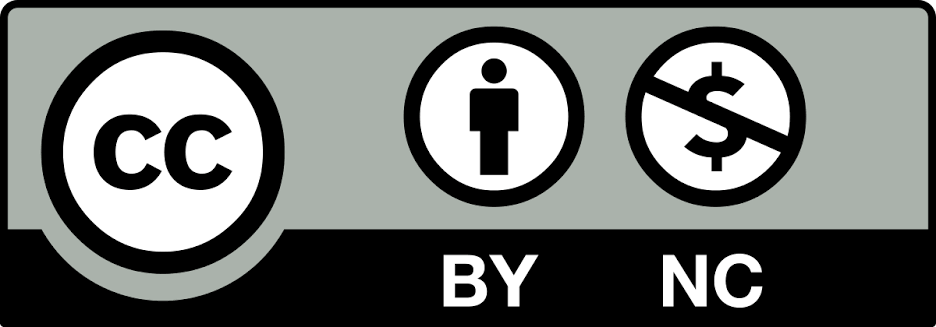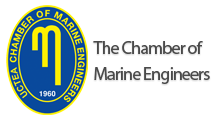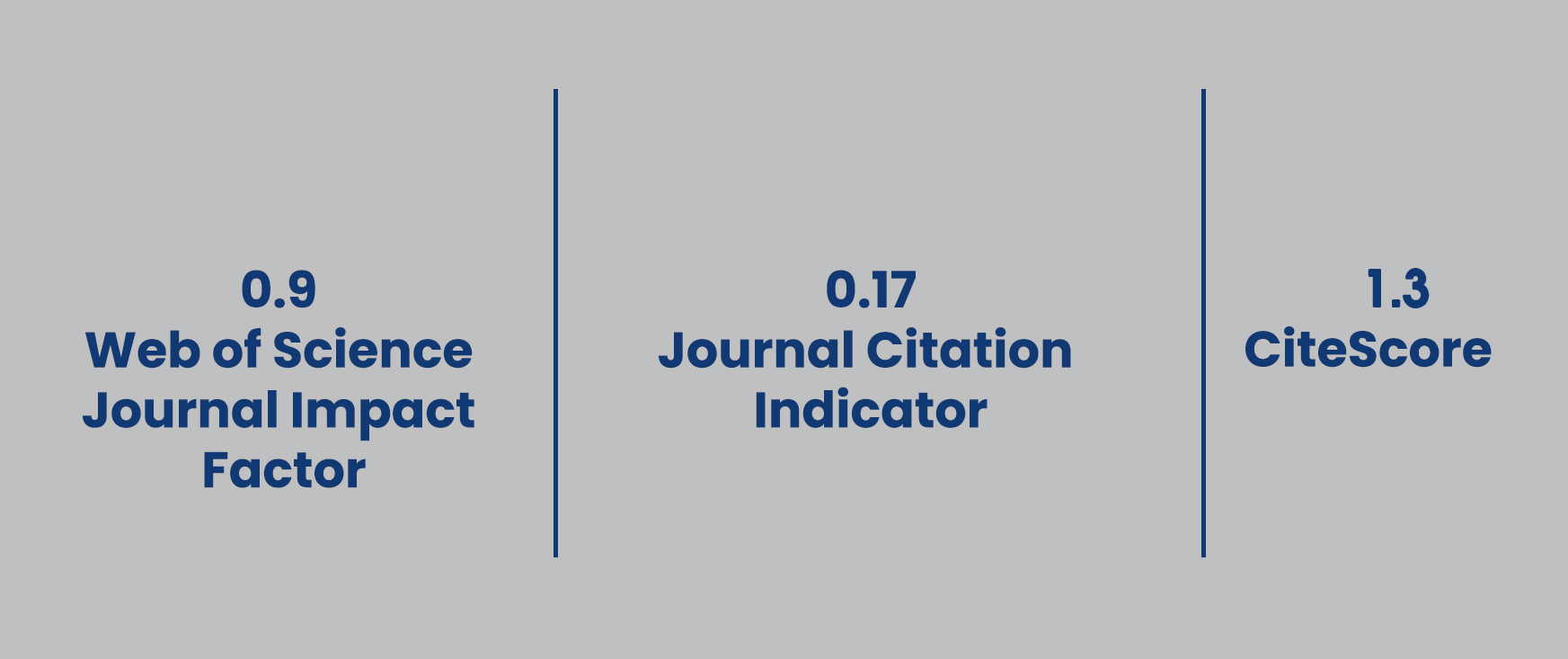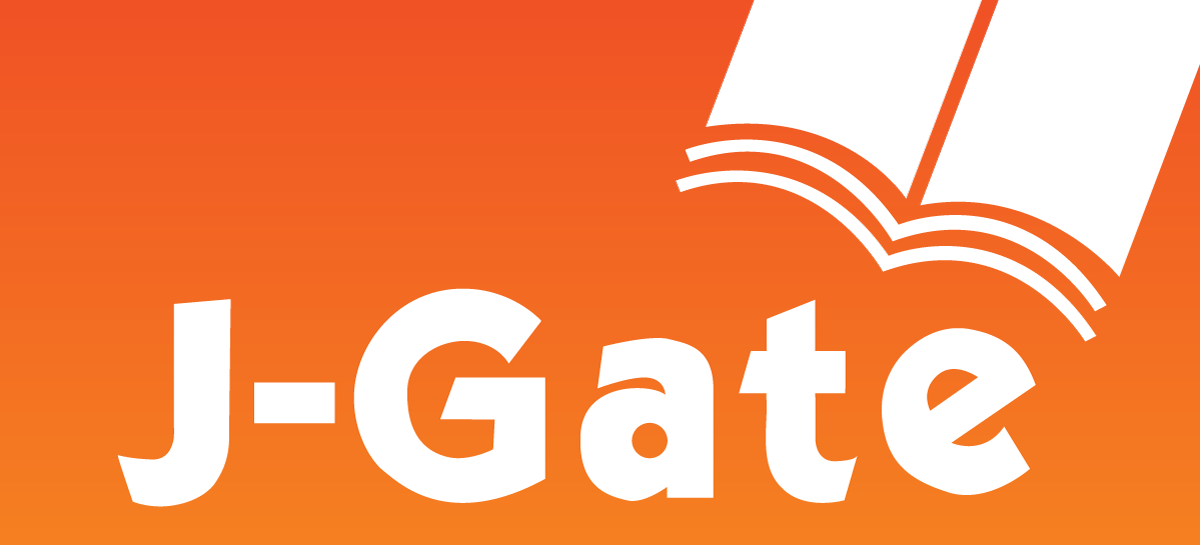

JEMS apply the Creative Commons Attribution NonCommercial 4.0 International Licence to all manuscripts to be published
ABSTRACTING & INDEXING
Volume: 6 Issue: 3 - 2018
| EDITORIAL (ED) | |
| 1. | Editorial Pages 179 - 180 Abstract | |
| FULL TEXT | |
| 2. | Journal of ETA Maritime Science (Volume: 6 Issue: 3, 2018) Pages 179 - 288 Abstract | |
| ORIGINAL RESEARCH (AR) | |
| 3. | Sustainability Planning and Bench-marking of Post Concession Performance of Nigerian Seaports: The Case of Onne Seaport. Theophilus Chinyerem Nwokedi, Gladys Chineze Emenike doi: 10.5505/jems.2018.95914 Pages 181 - 197 .The study appraised the sustainability of the improvement in post concession cargo throughput, revenue, ship traffic statistics and ship traffic volume performance of Onne seaport and developed benchmarks and planning models for sustenance of Onne seaport performance. Time series data of 10 years was gathered from the Nigerian ports authority on post concession cargo throughput, port revenue, ship traffic statistic and ship traffic volume performances of the seaport. The Arithmetic progression and series mathematical tool was used to analyze the data. It was found that; the post concession performance benchmark for each performance parameter of cargo throughput, port revenue, ship traffic volume and ship traffic statistics are C1 = 2,554,795 metric tons, R1 = 103.76MillionUSD, S1 =256,831,040 NRT, and V1 = 443 vessels respectively. The conditions for sustenance of the post concession cargo throughput, port revenue, ship traffic volume and ship traffic statistics performance of the port are: C1 + (n -1)d ≥2,554,795metric tons, R1 + (n -1)d ≥ 103.76MillionUSD, S1 + (n -1)d ≥ 256,831,040 Net Registered Tonnage and V1 + (n -1)d ≥ 443 respectively. Recommendations were proffered on the basis of the research findings. |
| 4. | Assessment of alternative fuels from the aspect of shipboard safety Burak Zincir, Cengiz Deniz doi: 10.5505/jems.2018.71676 Pages 199 - 214 Global regulations about shipboard emissions become stricter day by day. There are various ways to reduce shipboard emissions, and using alternative fuels on main engine and auxiliary engines is one of these ways. The alternative fuels can have different physicochemical properties than conventional fuels, which needs special procedures and safety precautions while using onboard. Safety is important term for sustainable shipping. This study aimed to determine the safety ranking of the trend alternative fuels and possible ones in the future. A safety evaluation method was formed to assess fourteen alternative fuels by considering handling, storage and crew health. Flashpoint, auto-ignition, explosion limits, flame speed, density, and exposure limit are criteria for the safety evaluation. Analytic Hierarchy Process was used while finding the weighing of the alternative fuels at these criteria. Scale of relative importance was used to find the pair-wise comparison of the fuels. The criteria weighing were determined by taking expert opinions. Seven experts gave points to the criteria at the asked questionnaire. The questionairre was about; which fuel property is more important at the storage, handling, and operation with the fuels. According to the final safety assessment results, liquefied petroleum gas had the highest weighing of 0,130. Ethanol and ammonia followed it with 0,120 and 0,116, respectively. Liquefied natural gas and methanol, as trend alternative fuels with liquefied natural gas for shipping industry, got 0,084 and 0,053, respectively. |
| 5. | Fuzzy Fault Tree Analysis of Parted Rope Injuries During Mooring Operations Ali Cem Kuzu, Yunus Emre Şenol, Özcan Arslan doi: 10.5505/jems.2018.58661 Pages 215 - 227 Ships and port operations, which constitute the backbone of the maritime industry, have serious risks due to the nature of the work. Mooring is one of the high-risk operation that is as ancient as the beginning time of maritime transportation. Catastrophic consequences may occur in case of a mooring failure at tanker terminals due to presence of dangerous cargoes. In this study, root causes of mooring accidents revealed by the way of field study and literature review. In scope of the field study, various tankers and terminals inspected in terms of mooring systems and expert opinions received about hazards of mooring operations. Risks associated with parted ropes during mooring operations analysed by using Fuzzy Fault Tree Analysis (FFTA) method. Main purpose of the study is to reveal root causes of mooring operation accidents and eliminate or mitigate risks to acceptable levels associated with parted ropes during mooring operations. |
| 6. | How Demographic Factors Affect Job Satisfaction in Shipping Agencies?: A Research Through İzmir-Based Liner Shipping Agencies Esra Baran, Gamze Arabelen doi: 10.5505/jems.2018.64326 Pages 229 - 242 In the globalization and severe competitive environment, especially service organizations in maritime industry can survive only if they offer better services by their employees. High-performance of employees can lead them to organizational success and improve their competitiveness. So as service providers, the employees satisfaction and motivations become more important in service organizations. This paper aims to measure the job satisfaction level of employees in liner ship agencies operating in İzmir. In addition, whether the job satisfaction levels differ according to demographic characteristics is investigated. In order to reach the aim of the research, as a quantitative research method, the survey method has been used. Collected data have been analyzed by SPSS 20.0 and Amos software programs. The research findings have revealed that the less satisfied items are compensation and advancement and the more satisfied items are job security and co-worker items. And also, some differences between demographic characteristics of respondents and their job satisfaction have been observed. This research is thought to have made a contribution to liner shipping sector and the literature related to the subject. |
| 7. | The Place and Importance Of Yacht Tourism In The Tourism Sector Engin Aydoğan, Muhsin Kadıoğlu doi: 10.5505/jems.2018.83702 Pages 243 - 254 Along with coastal tourism, Turkey has various touristic opportunities including alternative tourism. When we consider the versatality of tourism types, apart from focusing on a specific tourism genre, there is an emergent need for development of tourism corridors consisting of more than one genre while planning tourism investments. This study probes into touristic and yachtsmen profiles and seeks to analyse whether the two sectors have anything in common. Such an analysis aims at making references to the extent countries should take into account the general tourism priorities in such fields as yachtsmanship and marina management. Within the scope of the study Turkeys tourism and yachtsmanship sectors have been scruntinized respectively. In this context the dispersion diagram pertaining to the number of tourists visiting Turkey as well as the number of yachts between the years 1990-2015, according to statistics obtained from Ministry of Tourism and Culture, has been drawn and a positive corelation between the two has obtained. Next, corelation analysis has been conducted of the two data sets and the anaysis has revealed a mid or high positive corelation. |
| 8. | Value Creation in Project Cargo Logistics: A Delphi Study Gül Denktaş Şakar, Esra Yıldırım, Ezgi Mansuroğlu doi: 10.5505/jems.2018.48343 Pages 255 - 274 Project cargo logistics, with its idiosyncratic logistics processes and transportation of large, heavy and high-value cargoes, is a developing industry in Turkey. Value creation for project cargo transportation plays a critical role in gaining competitiveness in such unique industry. Hence, the duties of related parties, the main value creation enablers, value creation outcomes and the barriers restricting such value creation should be explored. This paper sets out to provide an understanding on project cargo logistics value creation concept. Its purpose is to identify the critical enablers of value creation as well as the main outcomes of value creation. An exploratory Delphi study with two rounds is employed. Key enablers include the partner-related and project cargo logistics operations-related dimensions. Critical outcomes have been classified as operational efficiency, service effectiveness and technology adoption/innovation. Findings can assist both operators and governmental bodies in aligning their services and procedures within value creation perspective. |
| 9. | Efficiency in Dirty Tanker Market Sadık Özlen Başer, Abdullah Açık doi: 10.5505/jems.2018.17136 Pages 275 - 287 The maritime industry is highly capital intensive. From this point of view, it is very important that the return of the investments made is healthy. This can be achieved by efficiency of the freight market. The aim of this study is to contribute to the literature by testing the efficiency of the dirty tanker freight market used for the transportation of crude oil, which still has a great demand in the world economy, using an alternative test. In this direction, the daily values of the 1-year times charter rates of Aframax, Suezmax and VLCC ship types were used and the efficiencies of these three sub markets were tested using the Brock, Dechert and Scheinkman (BDS) independence test. The data set covering the years 2005 and 2017 and consisting of 663 observations per ship type on a weekly basis was used. As a result of the study, it is determined that the dirty tanker market does not exhibit random walk, in other words, does not have the characteristics of the Efficient Market Hypothesis (EMH), and that the time charter rates are related to their past values. This situation makes it possible to obtain excess profits using past data and some trading strategies. |










